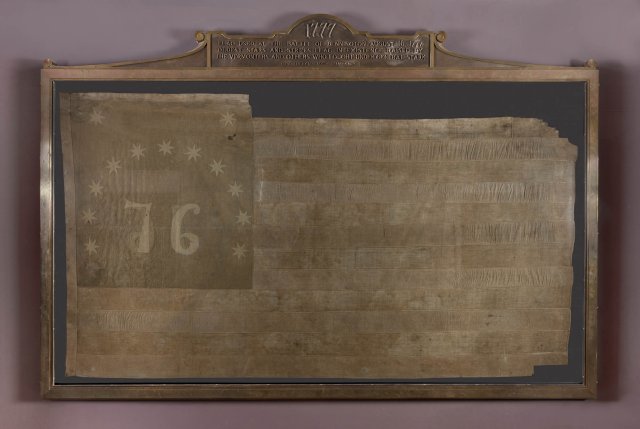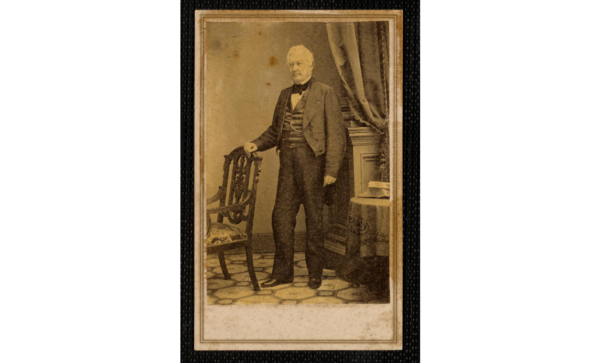The Bennington Flag: Origin Theories & History of an Iconic American Banner
The Bennington flag, a beautiful banner with 13 stars and stripes, has been through just about everything in US history… except the actual Battle of Bennington in 1777! Although the flag’s creator, Nathaniel Fillmore, was a soldier in the battle and played a key role in the success of the Saratoga campaign early on in the Revolutionary War, the origin of the Bennington flag itself is a bit more murky. The mystery surrounding this American icon is part of what makes it so intriguing to historians, even today.

Theories Around the Bennington Flag’s Origin
The original theory was that the Bennington flag was made for the Battle of Bennington in 1777 and was flown by the Green Mountain Boys. The Green Mountain Boys were a militia group that originally fought to gain Vermont its independence and adoption into the United States and played a pivotal part in the Revolutionary War. Even though this story would make sense—after all, it is called the Bennington flag—this view has been largely debunked, as the technology to create the Bennington flag didn’t even exist until the early 1800’s. A technical analysis done on the flag confirmed that the nature of its machine-woven fabric aligned with a creation date in the 19th century.
The second theory about the flag’s creation centers on Nathaniel Fillmore. This theory suggests that Fillmore wanted a flag to use during the War of 1812 that would serve as a reminder of the American spirit during the Revolutionary War. That may be why people refer to it as the “Spirit of ‘76.” Fillmore wanted a flag that would embody the sentiments of and the belief in freedom held by the American people. It is believed that Fillmore flew this flag during battles, where it could have gained more popularity.
At some point during or after the war, it was passed down from Nathaniel Fillmore to his nephew Septa Fillmore, who also served in the War of 1812. From there, it passed to Philetus Fillmore and may have been possessed by president Millard Fillmore at one point in its life.

The Final Appearance of the Bennington Flag
The flag’s final public appearance was during a parade held in Minnesota in 1887 to celebrate the bicentennial anniversary of the Declaration of Independence. At this event, a “souvenir hunter” vandalized the Bennington flag by removing a star and stripe—we don’t know what compelled the vandalism in the first place, but it skyrocketed the flag’s popularity and cemented the design as a U.S. icon.
The Fillmore family later donated the flag, and it eventually made its way to the Bennington Museum in Bennington, Vermont. It is held in a preservation case and is no longer available for viewing, as it would deteriorate much more rapidly in light.
However, if you’d like your own historically accurate Bennington flag, Gettysburg Flag Works has you covered. We offer Bennington flags in all-weather nylon, heavy-duty polyester, and even cotton, like the original design. However you want to display your pride, liberty and honor… you’ll find a flag at Gettysburg Flag Works. Browse Gettysburg Flag Works’ full selection of American Flags online or give us a call at 1-888-697-3524 to place an order.
